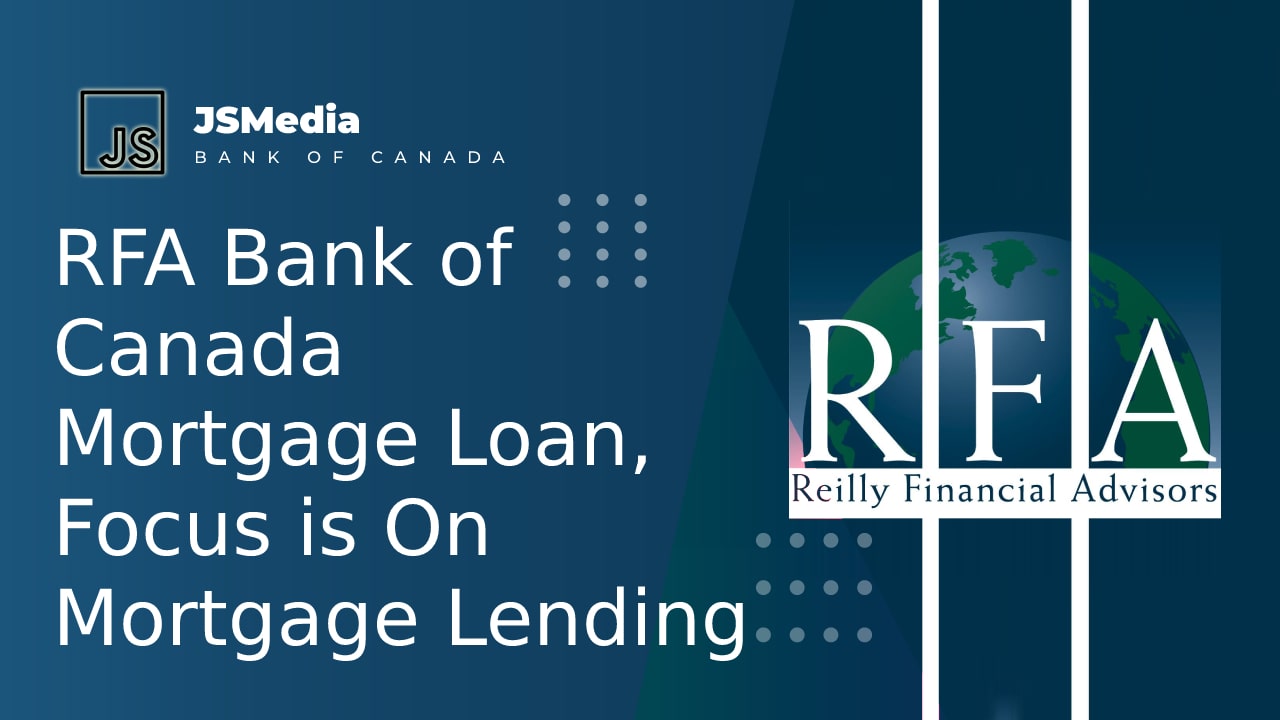JSMedia – Based in Toronto, RFA Bank of Canada is a federally regulated Schedule I bank with over $26 billion in assets under administration. It is a member of the Canadian Deposit Insurance Corporation and issues GICs through a national network of regulated deposit dealers. Its primary focus is on mortgage lending, construction lending, and commercial real estate. It is owned by RFA Capital Partners, a company that has over four decades of experience managing commercial real estate portfolios and assets.
Located in Toronto, RFA Bank of Canada is a leading mortgage provider in Canada. It has a reputation for proactive customer service, and its staff is prepared to walk you through every step of the mortgage process. The bank offers coast-to-coast lending, but does not extend credit outside Canada. The company is headquartered in Toronto, where it focuses on real estate investments. However, if you are considering a mortgage loan, RFA Bank of Canadian offers many flexible mortgage options.
The Bank of Canada has been in business for over 25 years, and is a leading provider of mortgages in Canada. With over two decades of experience in residential real estate, RFA has grown to become a solutions hub for a range of customers. The bank’s mortgage products, competitive interest rates, and GIC deposits make it an excellent choice for both new homebuyers and existing homeowners. If you’re looking for a mortgage refinance or renewal, RFA is a great option for you.
RFA Bank of Canada Mortgage Loan

With a diverse range of GICs and term deposits, RFA Bank of Canada is a great option for smart investing. Term deposits, for example, provide a predictable, guaranteed return on your investment, which allows you to save for a major purchase, retirement, or living costs. The bank offers a one-year cashable GIC, which gives you access to funds whenever you need them. Non-redeemable GICs, on the other hand, offer a fixed rate of return and can be cashed out in as little as a year or five years.
In addition to commercial real estate, RFA also specializes in direct investments in major Canadian markets. Its focus is on investing in assets with a value creation play, engaged leasing programs, and a more diversified capital structure. In addition to residential mortgages, the bank offers CMBS debt financing for stabilized commercial real estate. Its B piece investments in over 30 CMBS transactions have led to its expansion in the mezzanine debt and construction finance sectors.
The bank was founded in 1996 and is headquartered in Montreal. The RFA was one of the first companies in Canada to offer a reverse mortgage to a Canadian homeowner over the age of 55. Its success has been attributed to its unique approach to providing a safe, convenient financial product to the elderly population. This program helps people retire by transferring their equity to their children. They can use the money to buy other things, or even start a new business.
The RFA Bank of Canada is a Canadian chartered bank. Its market capital is $8.9 billion and is the largest in the country. Its primary focus is serving Chinese-Canadians. It was previously known as the Schedule III representative office for China. Today, it is a member of the Currency Exchange International Corp. and is listed as a subsidiary of MBNA. Its subsidiaries and branches are primarily located in Toronto and Calgary.
Street Capital Bank of Canada was created in 2007 as a subsidiary of Street Capital Group Inc. Its primary purpose is to provide residential mortgage loans through independent mortgage brokers. It is recognized as Canada’s sixth-largest broker channel lender by market share. HSBC is also an approved lender with the Canada Mortgage and Housing Corporation. Besides residential mortgage loans, RFA also provides brokerage services and other financial products for Canadians.
Increasing the amount of capital in the market is essential to ensuring that the financial markets in Canada remain stable. In order to achieve this, the RFA Bank of Canada has stepped in to purchase large quantities of government securities, such as bonds and mortgage-backed securities. This strategy, known as quantitative easing, is a way for central banks to boost confidence in their currencies and keep the financial markets in Canada functioning. While these actions are necessary to avoid an economic crisis, they do not guarantee a recovery.

